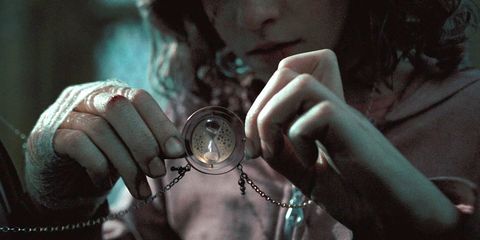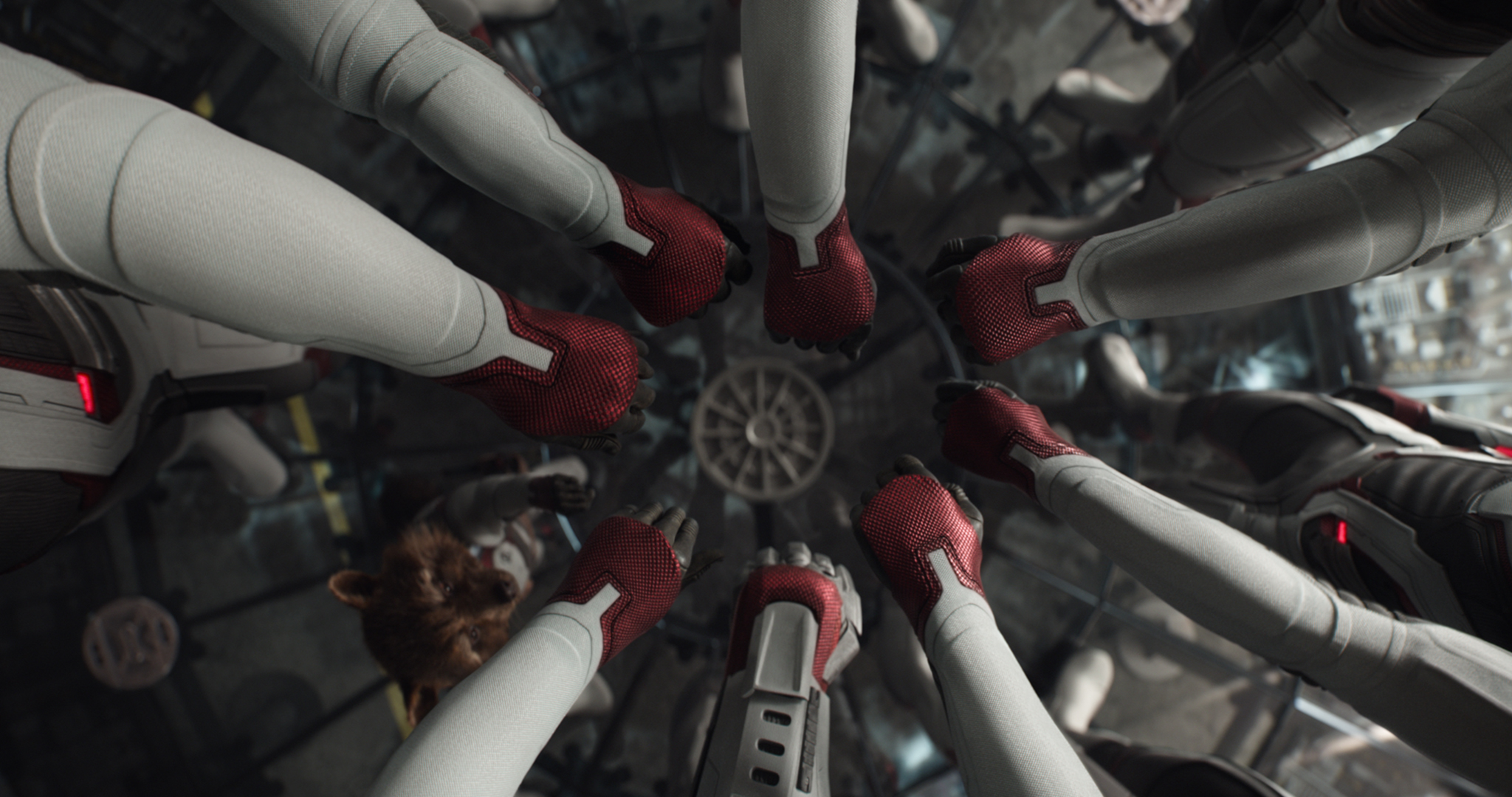It’s About Time
November 22, 2022
Time travel is a common trope in science fiction, but there isn’t one definitive way to go about it. There are many different books and movies that include time travel, but they all do it slightly differently. In this article, I’m going to break down three different types of time travel in media, how they work, and how the future is affected when each method is used.
The Classic “Butterfly Effect”
The Butterfly Effect is the most common type of time travel in fiction, and the one that most people probably think of. It’s the way that time travel works in “Back to the Future”. The Butterfly Effect is a term for the consequences of time travel. If you go back in time and change something, no matter how small, it could have drastic consequences for the future. In “Back to the Future”, Marty goes back in time to when his parents were in high school and must make sure his parents fall in love. If they don’t fall in love, he will cease to exist. Every small little thing he does could dramatically change the course of his parents’ life. The Butterfly Effect is how the Grandfather Paradox exists. The Grandfather Paradox states that if you go back in time and kill your grandfather, you’ll cease to exist, meaning you can’t go back in time and kill him, so you will exist.

Photo Credit: IMDb
The Unbreakable Loop
This approach to the time travel trope is probably the most confusing, but I will try to explain it the best I can. The main example of this type of time travel being used is in “Harry Potter and the Prisoner of Azkaban”. In the third Harry Potter book/movie, Hermione uses a Time Turner to take more classes in a day than normal time allows. At the end of the book, Harry and Hermione use it to go back in time and save Buckbeak, Hagrid’s beloved hippogriff, from being executed. With this method of time travel, you can never change the future, because the future would already be changed just by you traveling back in time. What you do in the past is always going to happen in the present. For example, if you lost your phone and decided to go back in time an hour and remember to get it, your phone would already be there. In Harry Potter, Harry knew he could cast the patronus charm because he had already witnessed himself – back in time with the use of the Time Turner – casting it. To quote the character, he knew he could do it because he had already done it. You have to know something is going to happen in order to prevent it. People often wonder why wizards didn’t use the Time Turner to go back in time and prevent Harry’s parents from being killed, but that’s not how time travel works in the series. Lily and James’ deaths were unexpected, so nothing could’ve been done to change it.

Photo Credit: Digital Spy
The Multiverse
The multiverse is how time travel is handled in “Avengers: Endgame”. With the multiverse, what you do in the past won’t affect the present – at least, not in the same timeline. If you go back in time and do something slightly differently, it won’t have any consequences for the future. If you change something in a big way, instead of changing the future, it will create a new branch of the multiverse, a new timeline. That new timeline will be the aftermath of whatever you did in the past. In “Avengers: Endgame”, the Avengers go back in time to different locations, including New York during the events of the first Avengers movie. In New York, the actions of the Avengers from the present allow Loki of the past to escape with the tesseract. If “Avengers: Endgame” used the butterfly effect method of time travel, this would have disastrous consequences for the future, but the multiverse means that past Loki escapes into a new timeline that doesn’t affect the present Avengers.

Photo Credit: TIME





